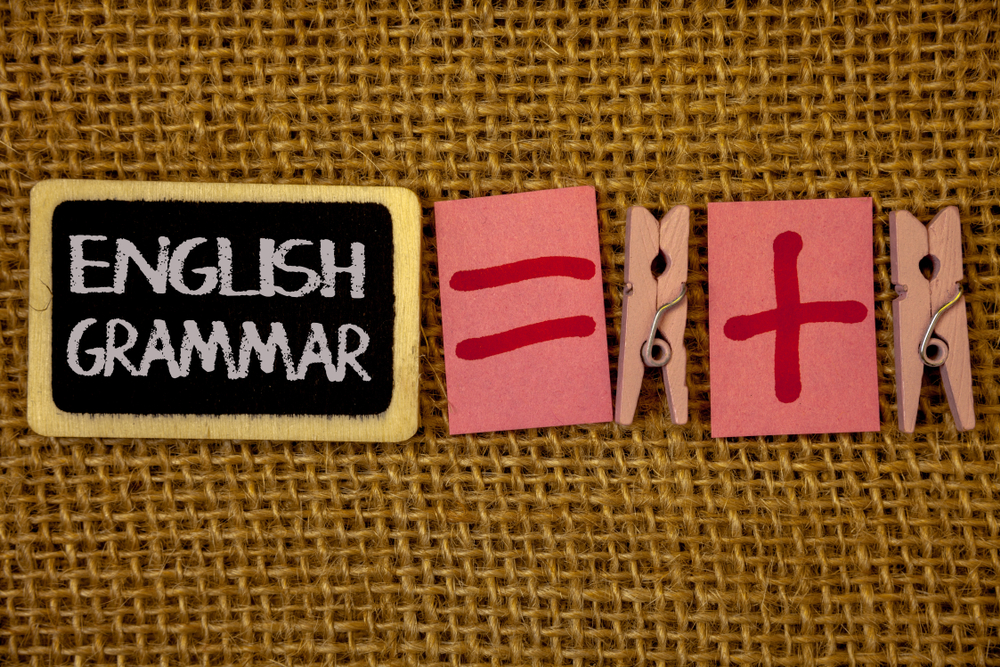Visual interpretation Worksheets for Ages 5-8
16 filtered results
-
From - To
Enhance your child's understanding and analytical skills with our Visual Interpretation Worksheets for Ages 5-8. These engaging printables from Kids Academy are designed to help young learners develop crucial skills such as recognizing patterns, interpreting images, and drawing conclusions. Each worksheet incorporates fun activities like matching, sorting, and identifying differences, ensuring a captivating learning experience. Perfect for both classroom and home use, these resources lay a solid foundation for critical thinking and problem-solving. Empower your child to excel in reading comprehension and observational skills with our expertly crafted visual interpretation exercises. Explore and download today to jumpstart their educational journey!


Bugs Tally Worksheet
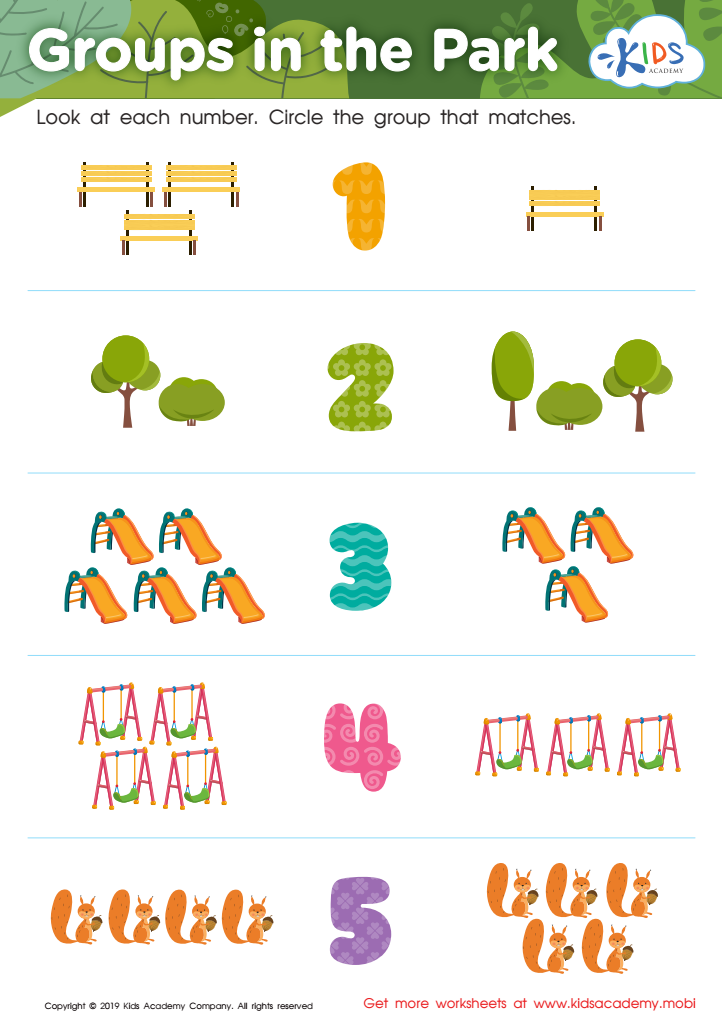

Groups in the Park Worksheet
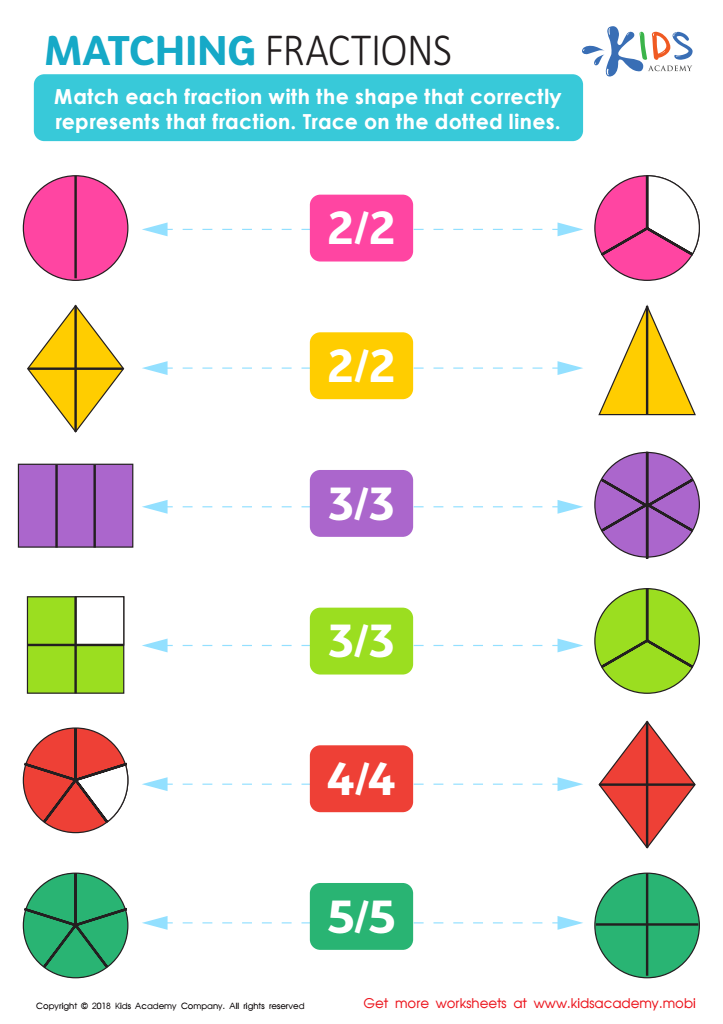

Matching Fractions Worksheet
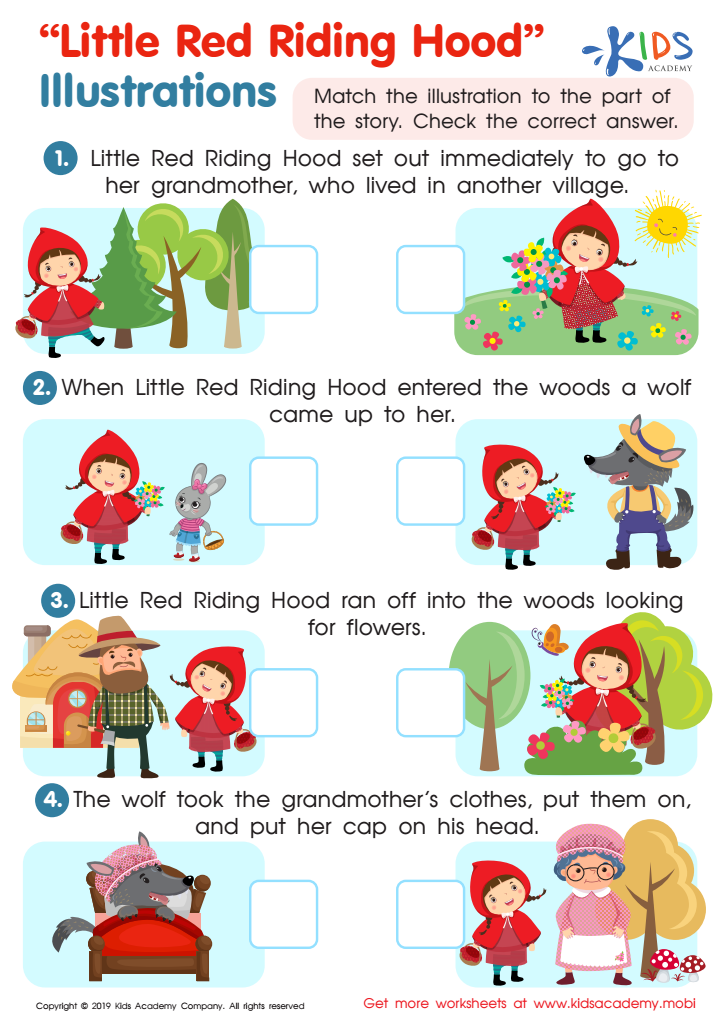

Little Red Riding Hood: Illustrations Worksheet
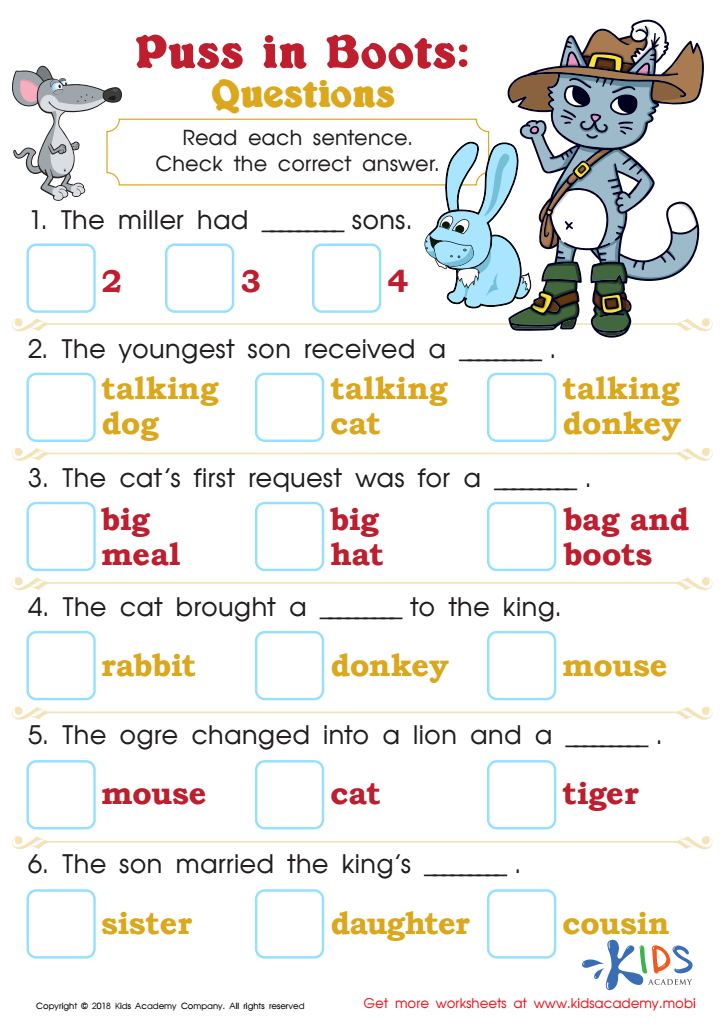

Puss in Boots: Questions Worksheet
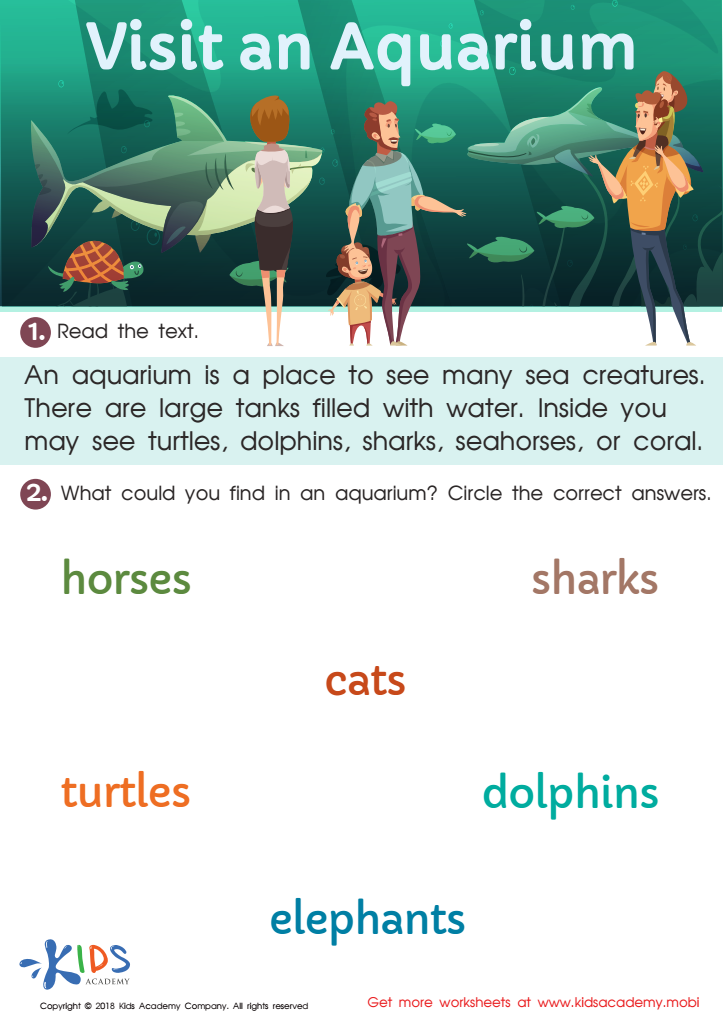

Visit an Aquarium Worksheet
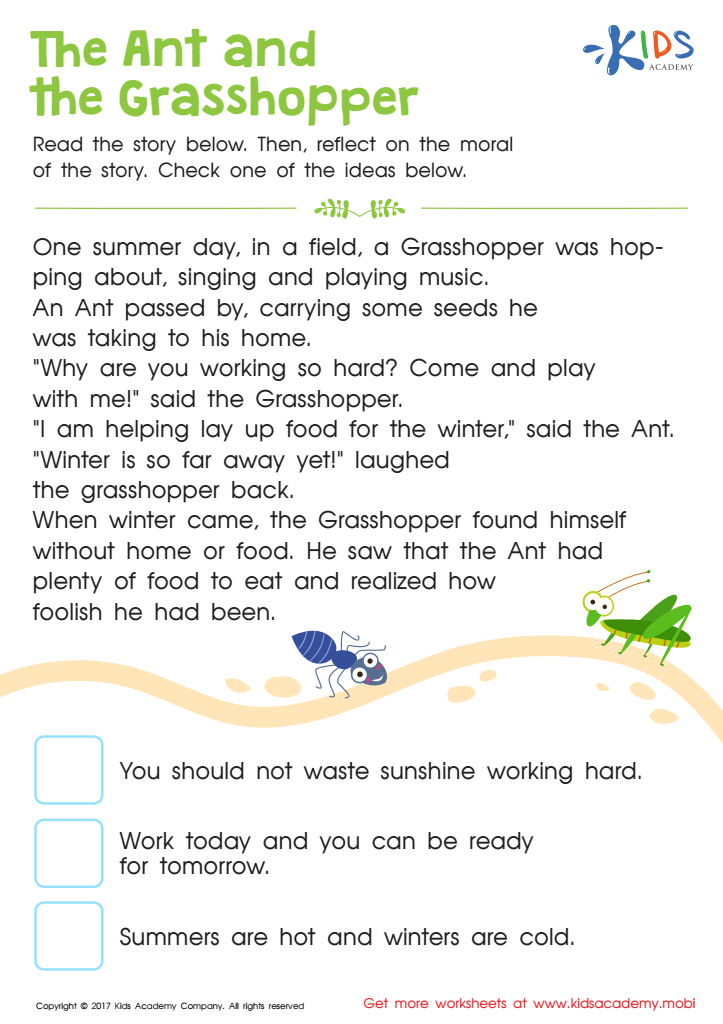

The Ant and The Grasshopper Printable
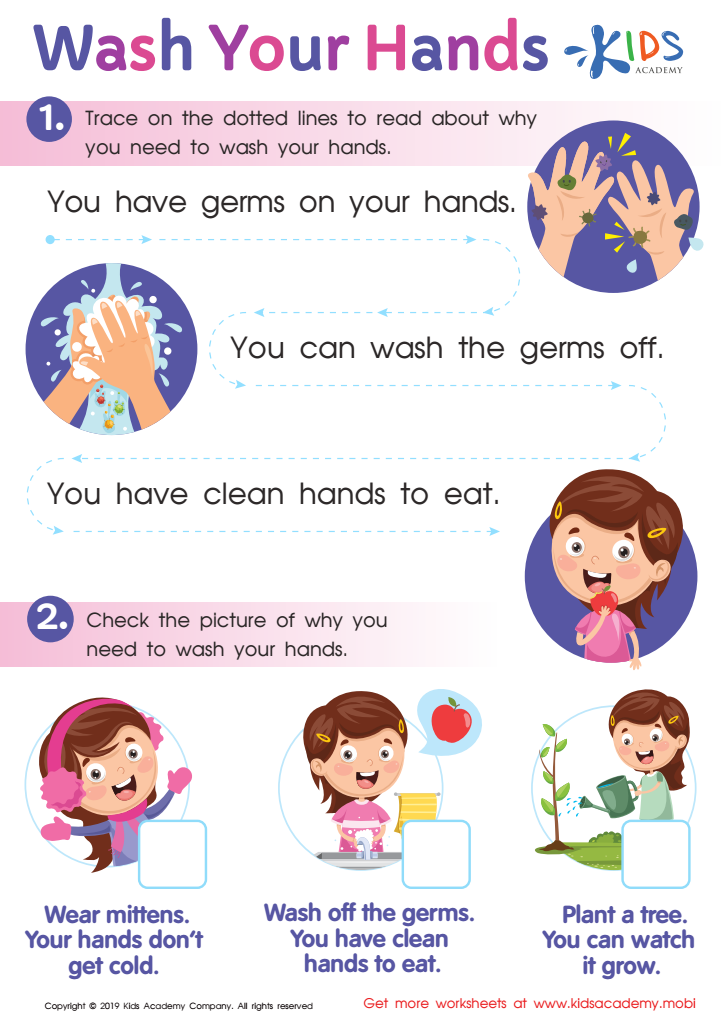

Wash Your Hands Worksheet
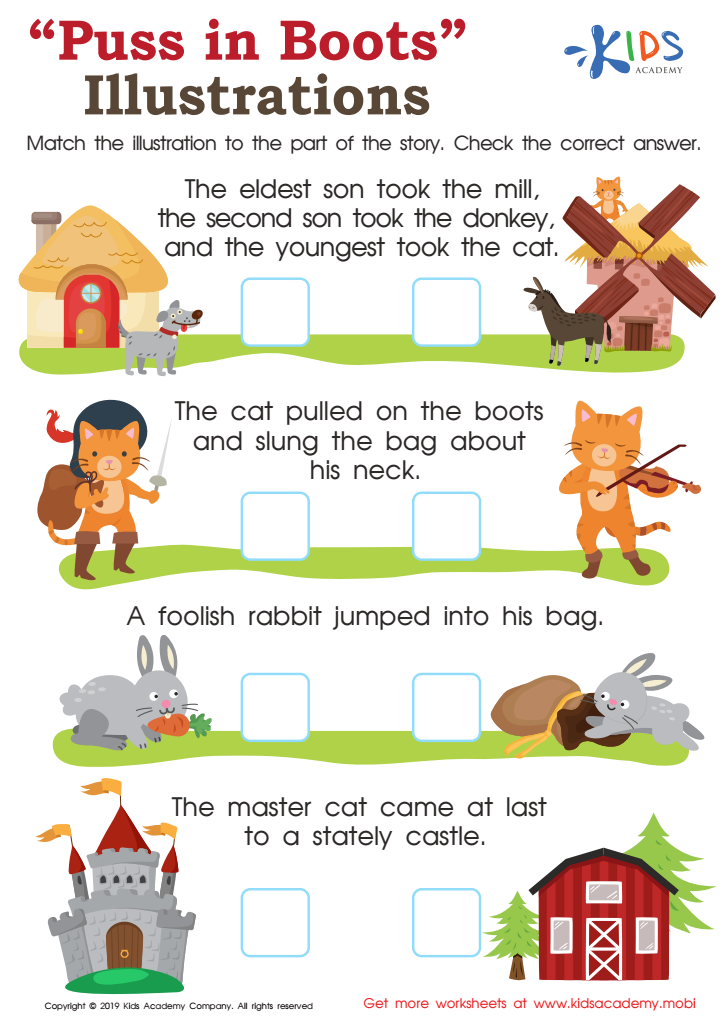

Puss in Boots Illustrations Worksheet
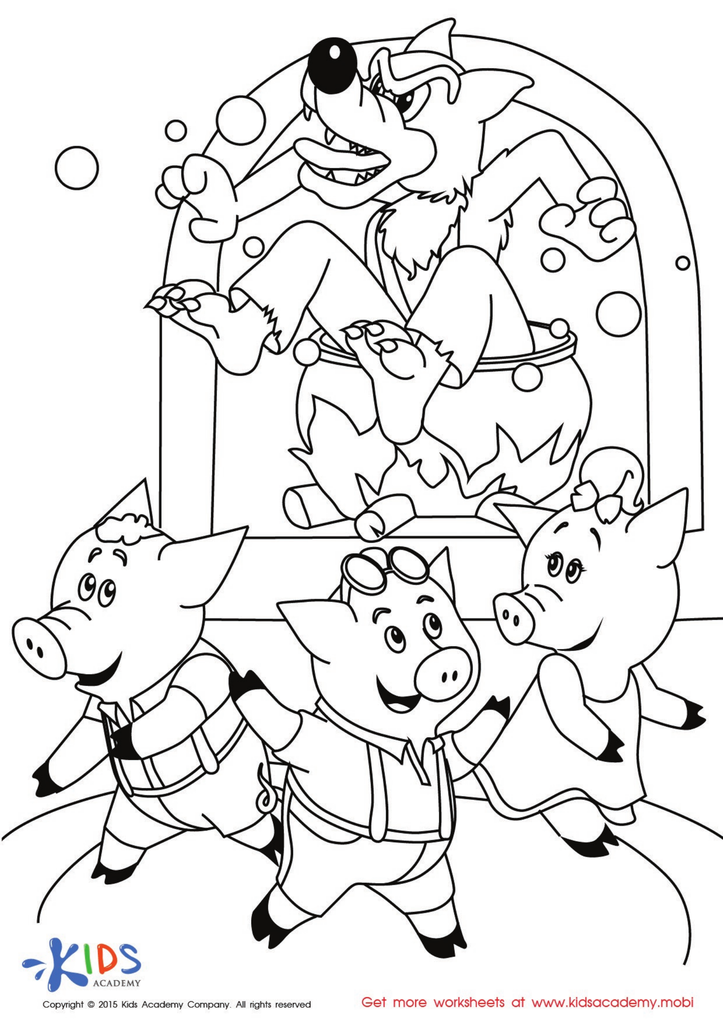

The Three Little Pigs and The Big Bad Wolf Printable
Visual interpretation skills are crucial for children aged 5-8 because they play a significant role in early cognitive development and learning. At this age, children are naturally curious and perceptive, relying heavily on visual clues to understand their environment. By aiding these skills, parents and teachers can build a strong foundation for literacy, numeracy, and problem-solving.
Young learners often process information more easily through images than text. Visual stimuli such as pictures, diagrams, and charts simplify complex ideas, making them more accessible. This helps children grasp abstract concepts, engage in critical thinking, and improve memory retention. For example, understanding a story through illustrations or interpreting a picture graph enhances comprehension and analytical abilities, which are key to success in academic areas.
Moreover, developing visual interpretation fosters creativity and confidence. When children articulate what they observe in art or graphical data, they learn to express themselves more freely and accurately.
Incorporating visual interpretation into daily learning also accommodates different learning styles, making education inclusive. Not all children excel through auditory or textual means, so visuals offer alternative pathways for understanding.
Ultimately, emphasizing visual interpretation nurtures holistic development. It arms young children with the tools to decode the world around them, laying a robust groundwork for future educational pursuits and creative endeavors.
 Assign to My Students
Assign to My Students
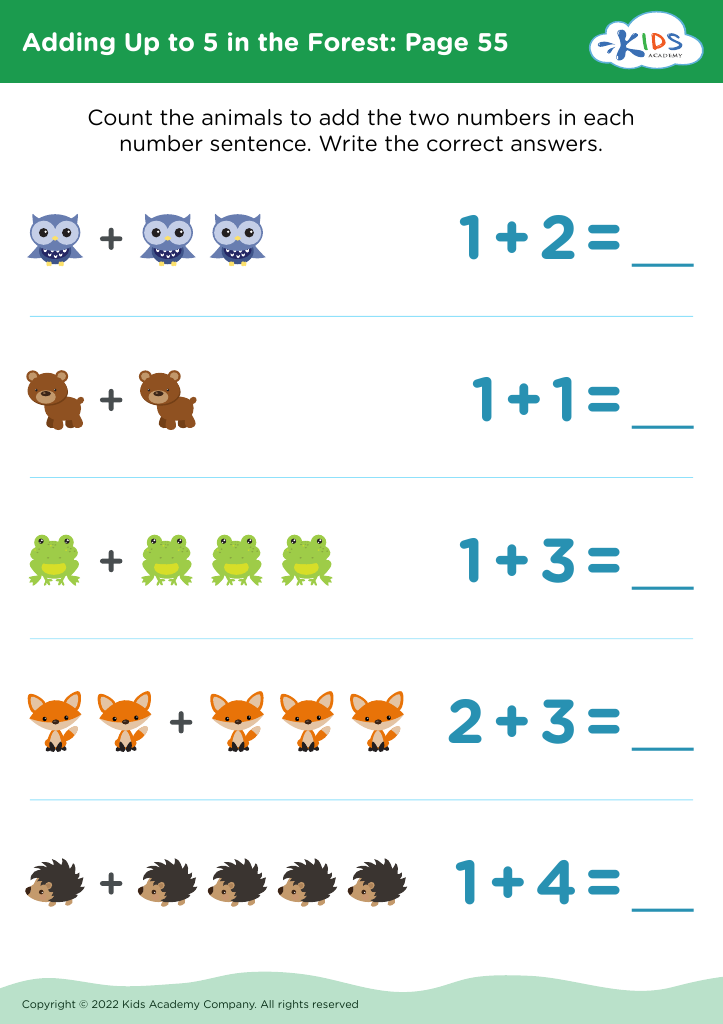


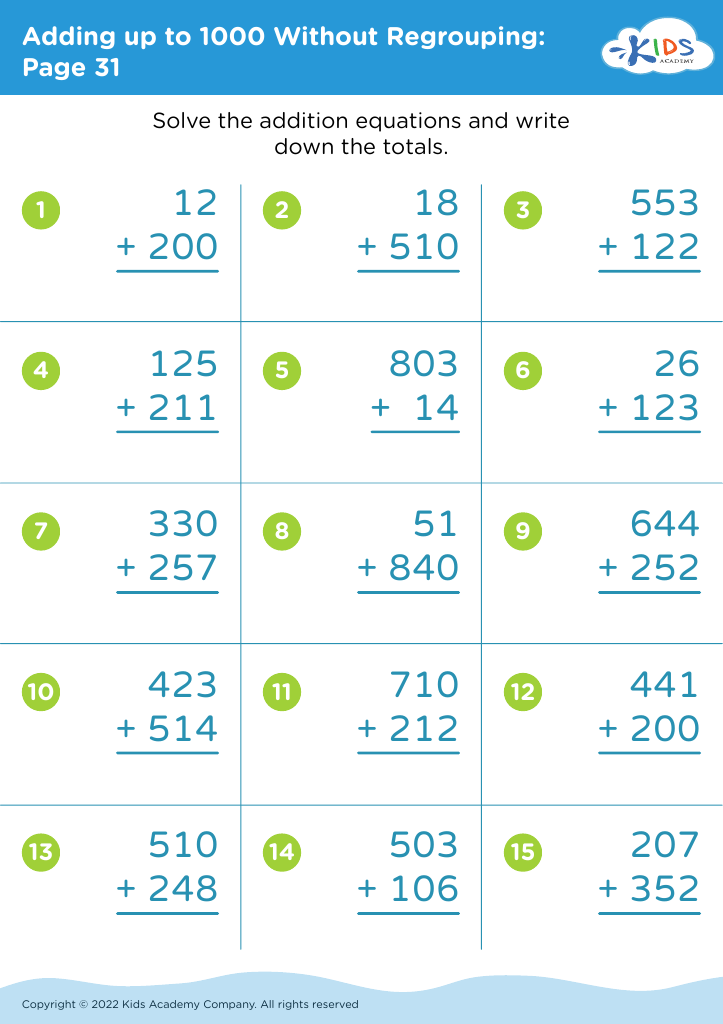

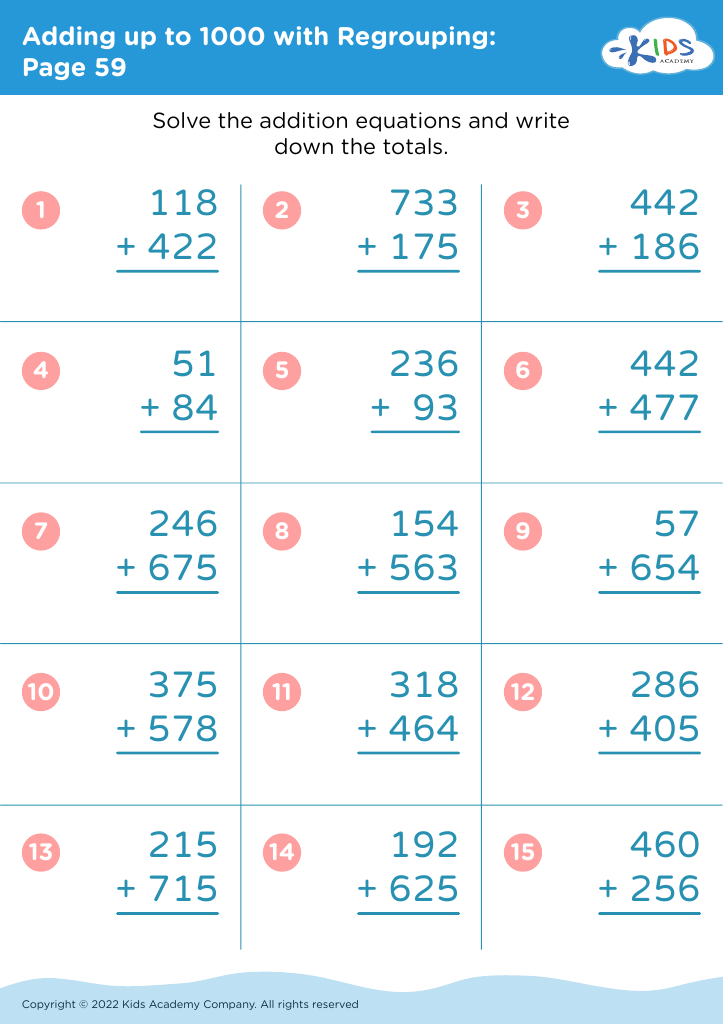
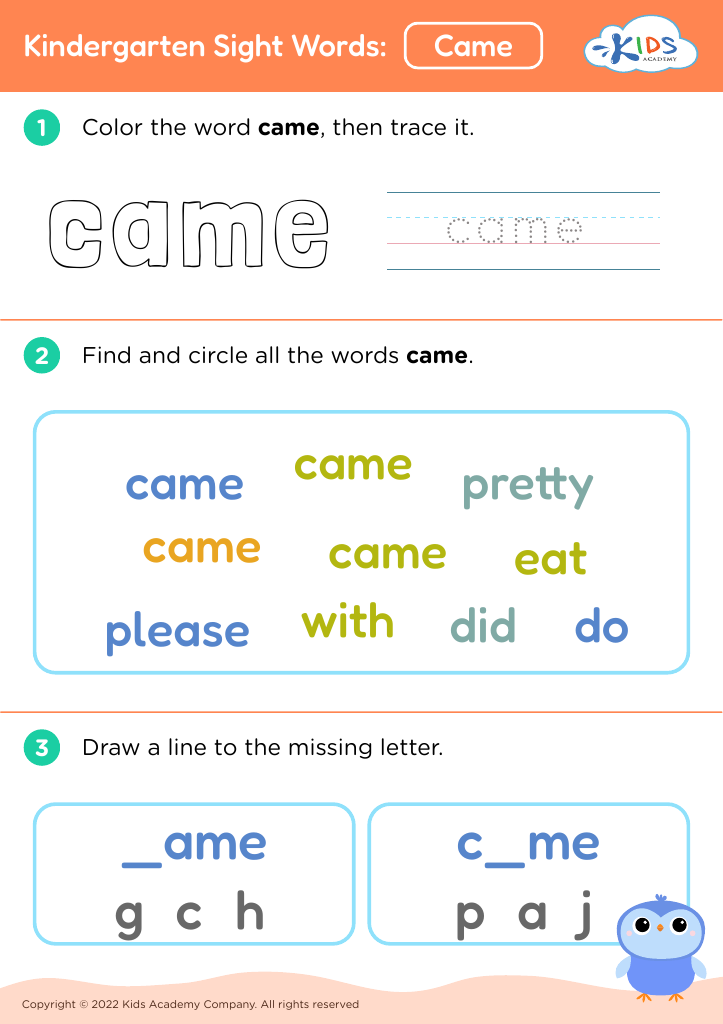


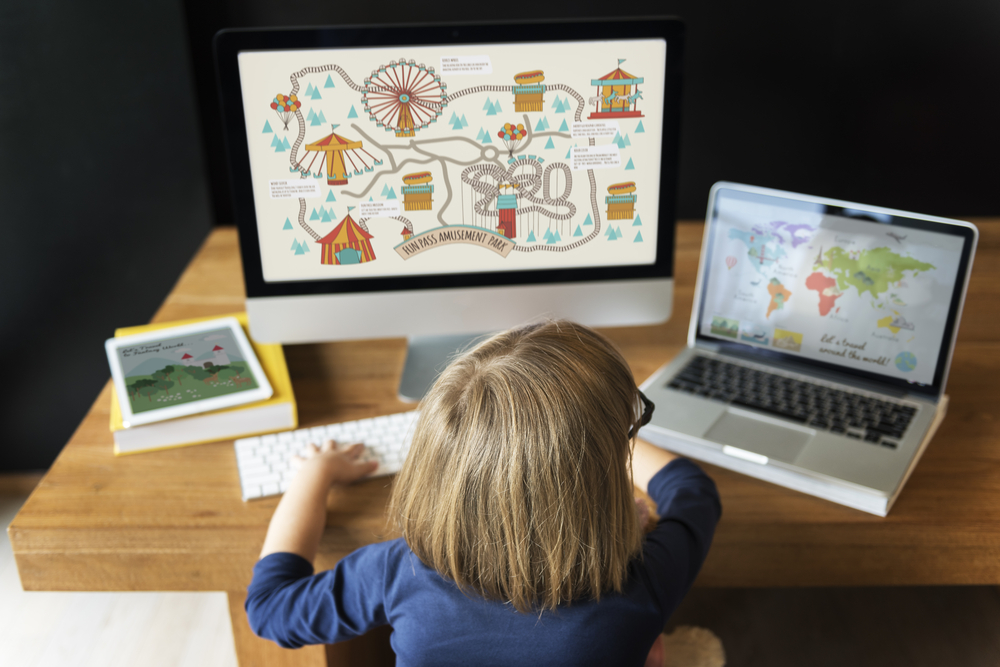



.jpg)
